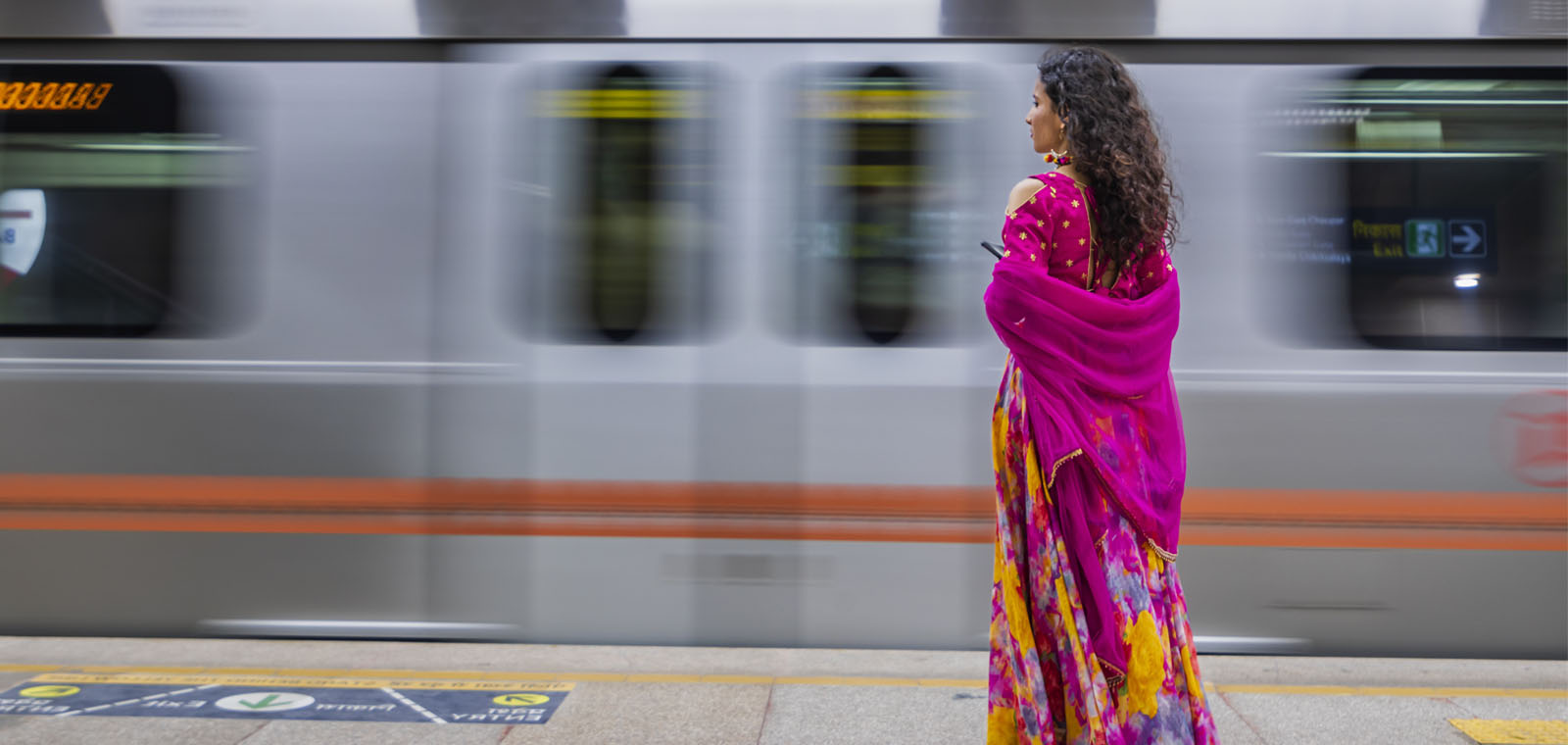Equity investors in emerging markets should take note. If more business comes to India, we believe it could foster opportunities in publicly traded stocks. To see how India is changing, we conducted a grassroots research trip earlier this year to learn from the experiences of consumers, small business owners and companies.
Transportation Upgrades are Widespread
Getting around in India has always posed a challenge for visitors. Mumbai is a densely packed urban sprawl that suffers from some of the worst traffic in the world. The city of 21 million people has only three metro lines, but we saw signs of metro construction everywhere. Five new metro lines are under construction, with one expected to be completed this year and the rest by 2025. An expanded transportation network will provide Mumbai with a badly needed upgrade that will facilitate efficiency for residents, tourists and businesspeople.
Intercity transport is also being modernized. For example, the technology hubs of Bangalore and Mysore are just 140 kilometers apart, but poor road links meant it took commuters three hours to make the journey. During our trip, we drove down the smooth, modern expressway under construction that is expected to be completed later this year. When fully open, it should cut the travel time in half to 90 minutes—a real game changer.
Cutting Red Tape for Business
Streamlined travel comes alongside efficiency efforts that are being felt in many areas of life. We met several small business owners who told us that India’s notorious red tape is beginning to loosen, and government incentives are available and accessible for businesses in an array of industries.
In Bangalore, a snack company founder named Suhasini praised the government for helping her establish the business with loans and guidance. The process was so smooth that Suhasini said she would prefer government grants and loans over venture capital investment to start a future business.
Back in Mysore, a steel distributor named Sandeep told us that his revenues had mushroomed over the last decade. The biggest factor in his success? Less government hassle. Entrepreneurs can now begin working immediately after securing approval. Before the bureaucracy was slashed, he said, a business owner needed permissions from more than 30 officials in a process that often dragged on for months.
Meanwhile, the state government has built industrial parks providing a further boost for businesses like the steel distributor. In recent years, industrial parks have popped up across Tier 1 cities like Bangalore and Tier 2 cities like Mysore. Many are being built close to airports, giving businesses and investors good reasons to set up shop in these cities.
Stories like these, playing out many times over, reflect India’s improving competitiveness rankings. According to IMD’s World Competitiveness Center, India’s economic competitiveness ranking rose from 44th in 2018 to 37th in 2022, out of 63 countries surveyed in developed and emerging markets. India’s progress has been driven by steady improvements in government efficiency, business efficiency and infrastructure, the report said.
Digital Infrastructure Is Expanding Rapidly
Alongside improvements in bureaucracy and physical infrastructure, India’s digital infrastructure is rapidly developing. In our meetings with consumers, we found that cutting-edge smartphones and stock trading apps are very popular. Digital payment is widespread, from market stalls to small family-owned shops to power utilities.
Digital wallets account for 35% of retail sales in India, and digital payments are soaring (Display). While mobile phone penetration is still relatively low at 66% of the population, that leaves plenty of room for growth. We believe India’s increasingly digital landscape is enabling the economy to leapfrog into a new era and is another positive attribute for attracting new investment.
